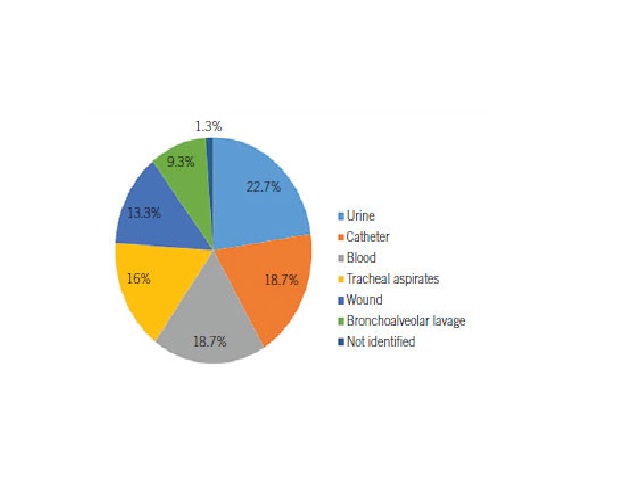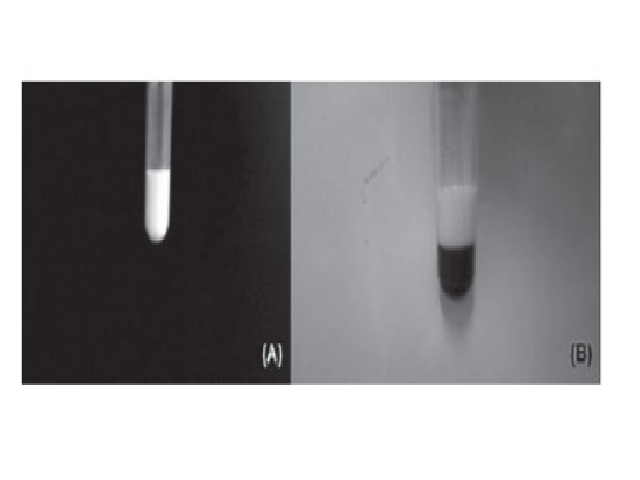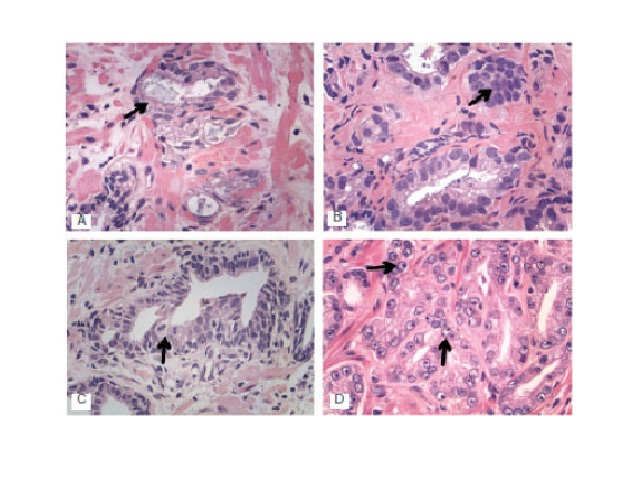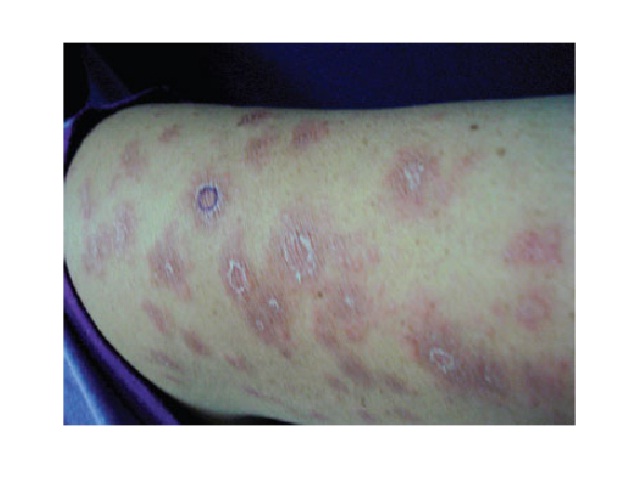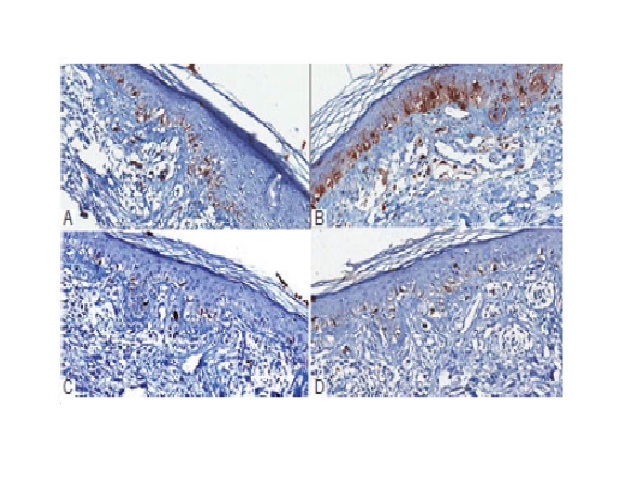The importance of determining reference intervals for laboratory medicine
Natasha Slhessarenko; Adagmar AndrioloJ. Bras. Patol. Med. Lab. 2016;52(2):68-69DOI: 10.5935/1676-2444.20160019 Exactly 20 years ago, Forsman has shown that at least 70% of clinical decisions made within hospital setting were very dependent on the results of laboratory tests(1). Nowadays, with the remarkable technological evolution, probably this contributory percentage is even higher. The performance of a laboratory […]
The importance of determining reference intervals for laboratory medicine Read More »




